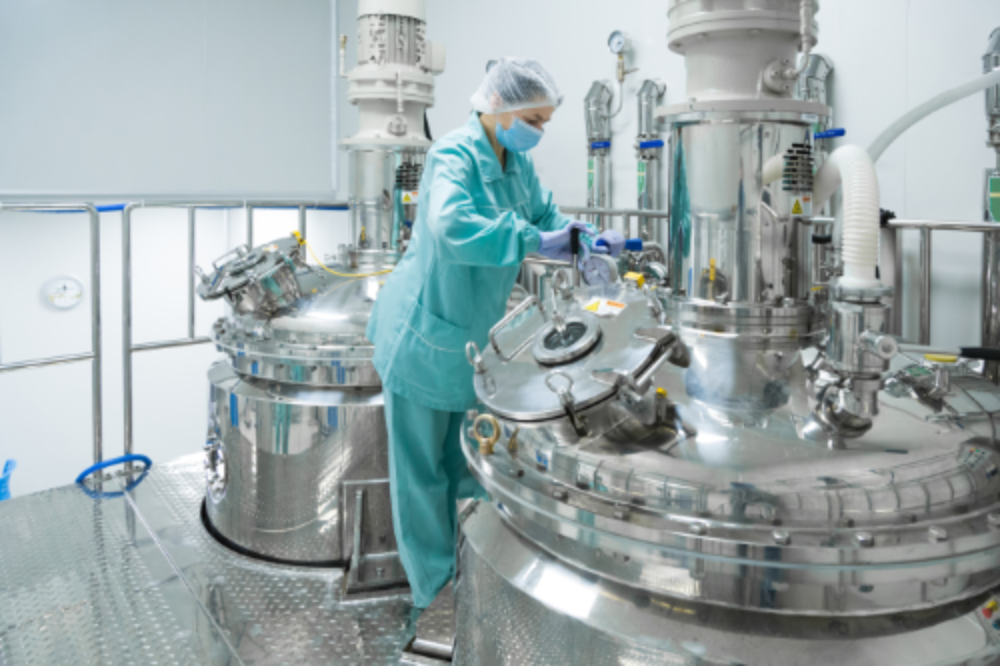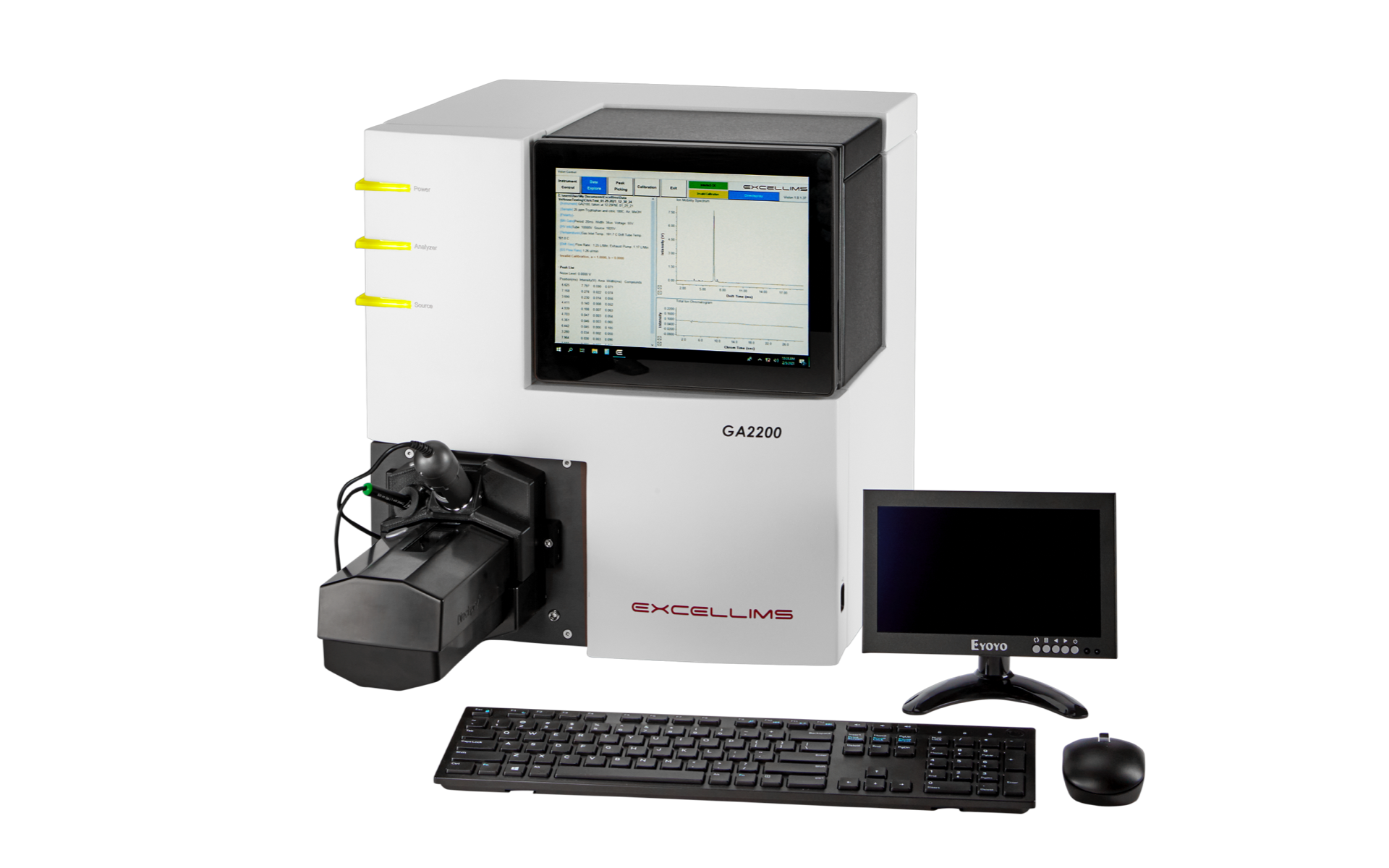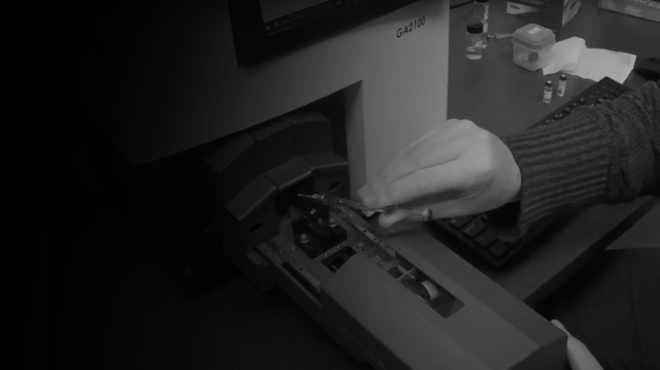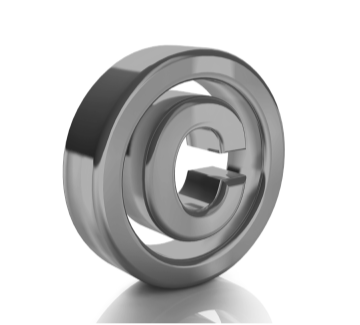Cleaning Validation Technology
Cleaning validation/verification is an FDA requirement at the conclusion of a pharmaceutical manufacturing run. Inadequate or incomplete cleaning validation analysis is one of the leading causes of internal investigations and regulatory citings. Current technologies keep production equipment off line as they are either too slow, not specific, inconvenient, or not sensitive enough. The need to perform fast analysis of a large number of samples to check for the presence of leftover API or cleaning agents, is a need of the global pharmaceutical manufacturing industry.







